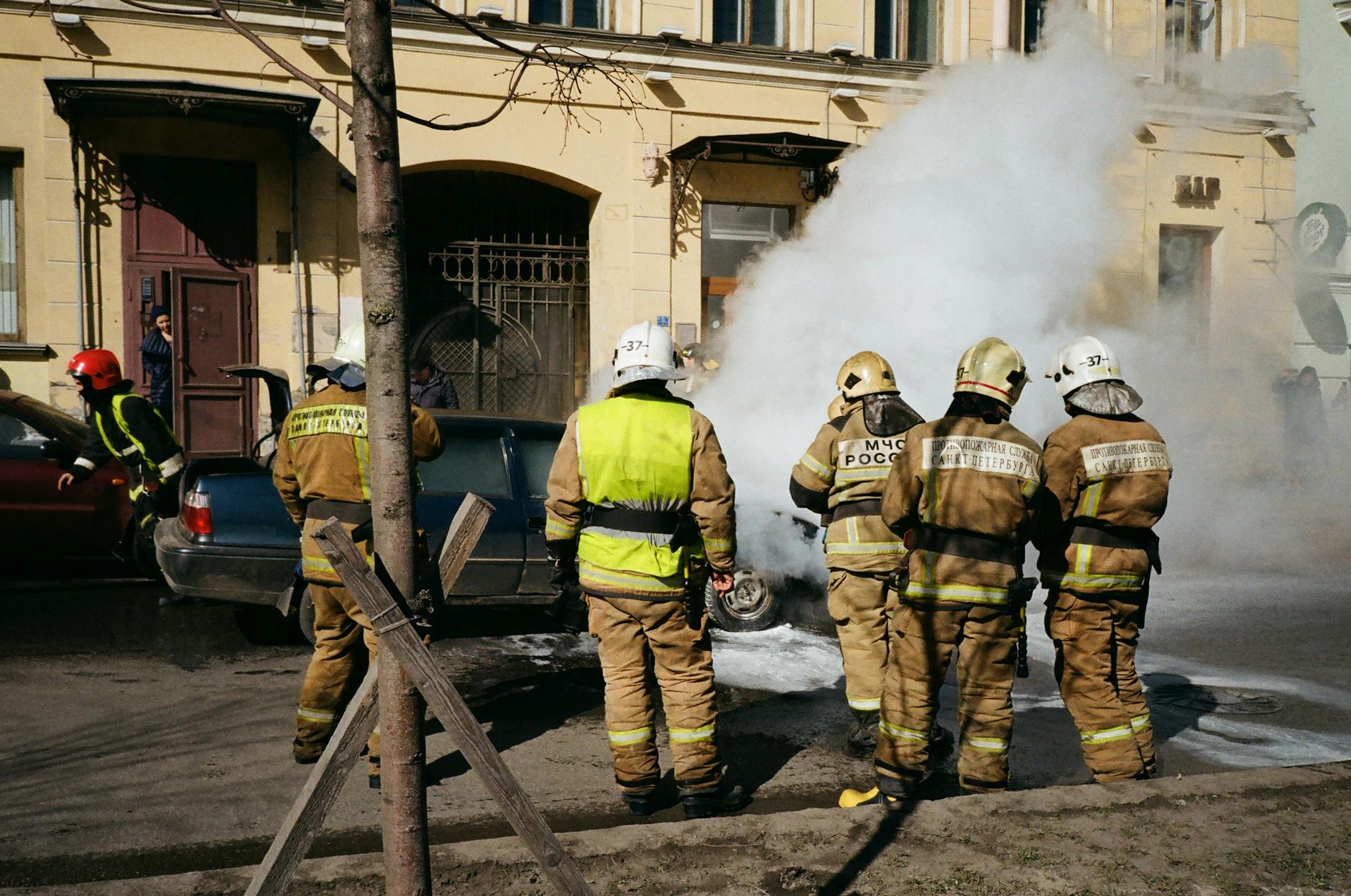
Emergency Response Team Training: Navigating Roles and Responsibilities
Introduction
An effective Emergency Response Team (ERT) is a cornerstone of any organization’s commitment to safety and preparedness. When emergencies strike, a well-trained and organized ERT can make a significant difference. This article delves into the essential aspects of Emergency Response Team training, focusing on delineating roles and responsibilities for optimal crisis management.
Understanding the Importance of Emergency Response Teams
- Swift Response to Emergencies
- Minimizing Impact: ERTs play a crucial role in minimizing the impact of emergencies by responding promptly and effectively.
- Ensuring Safety: Rapid and coordinated response ensures the safety of personnel and assets.
- Various Emergency Scenarios
- Natural Disasters: ERTs are trained to handle situations like earthquakes, floods, and storms.
- Accidents and Hazmat Incidents: Quick and knowledgeable response to accidents involving hazardous materials is vital.
- Medical Emergencies: ERTs may also provide immediate assistance in medical emergencies until professional help arrives.
Roles Within the Emergency Response Team
- Team Leader
- Decision-Making: The team leader is responsible for making critical decisions during emergencies.
- Coordination: Coordinates the actions of the team members to ensure a cohesive response.
- Communications Coordinator
- Information Flow: Manages communication within the team and with external entities.
- Updates: Keeps all team members informed about the situation and any changes in the emergency.
- Medical First Responder
- Immediate Assistance: Provides immediate medical assistance to those in need until professional medical help arrives.
- Triage: Assesses the severity of injuries and prioritizes medical attention accordingly.
- Evacuation Specialist
- Safe Evacuation Plans: Develops and executes evacuation plans in case of emergencies requiring personnel to leave the premises.
- Assembly Point Management: Ensures all personnel reach designated assembly points safely.
- Safety Officer
- Hazard Assessment: Identifies and assesses potential hazards during an emergency response.
- Ensures Safety Protocols: Monitors that safety protocols are followed, minimizing risks to the response team.
- Logistics Coordinator
- Resource Management: Manages the logistics and resources required during an emergency response.
- Equipment Deployment: Ensures all necessary equipment is deployed and functioning effectively.
Training Protocols for Emergency Response Teams
- Regular Drills and Simulations
- Realistic Scenarios: Conducts drills simulating real emergency scenarios to test the team’s readiness.
- Identifies Gaps: Identifies any gaps in knowledge or response strategies.
- Cross-Training
- Versatility: Cross-training team members in various roles enhances versatility during emergencies.
- Reduces Dependence: Reduces dependence on specific individuals, ensuring a more resilient team.
- Up-to-Date Training Modules
- Changing Threats: Ensures that training modules evolve with changing threats and emergency response best practices.
- Continual Improvement: Encourages a culture of continual improvement and adaptation.
Building a Culture of Preparedness
- Employee Awareness Programs
- Education Initiatives: Regularly educates all employees about the roles and functions of the ERT.
- Evacuation Drills: Conducts regular evacuation drills to familiarize everyone with emergency procedures.
- Feedback Mechanisms
- After-Action Reviews: Holds after-action reviews following each drill or emergency response to gather feedback.
- Continuous Improvement: Uses feedback to improve team performance and address any identified shortcomings.
Conclusion
Emergency Response Teams are the front line of defense during crises, and their effectiveness relies on comprehensive training and clear delineation of roles and responsibilities. By investing in ongoing training, fostering a culture of preparedness, and regularly reviewing and adapting response strategies, organizations can ensure their ERTs are well-equipped to handle a diverse range of emergencies.
Safety Training Program Evaluation: Measuring Effectiveness and Impact
10 Important OSHA Monthly Safety Topics 2024
2024 Safety Observance Calendar
26 Safety Meeting Topics To Reduce Risk in a Workplace
12 Monthly Safety Topics for Work
Frequently Asked Questions (FAQs)
- Why are Emergency Response Teams important?
- Emergency Response Teams are crucial for swift and effective responses to various emergencies, ensuring the safety of personnel and minimizing the impact of crises.
- What roles are typically present within an Emergency Response Team?
- Roles may include a Team Leader, Communications Coordinator, Medical First Responder, Evacuation Specialist, Safety Officer, and Logistics Coordinator, each with specific responsibilities.
- How can organizations ensure effective training for Emergency Response Teams?
- Organizations can ensure effective training through regular drills, cross-training, up-to-date training modules, and employee awareness programs.
- What is the significance of feedback mechanisms in ERT training?
- Feedback mechanisms, such as after-action reviews, provide valuable insights for continuous improvement in ERT performance and response strategies.
























